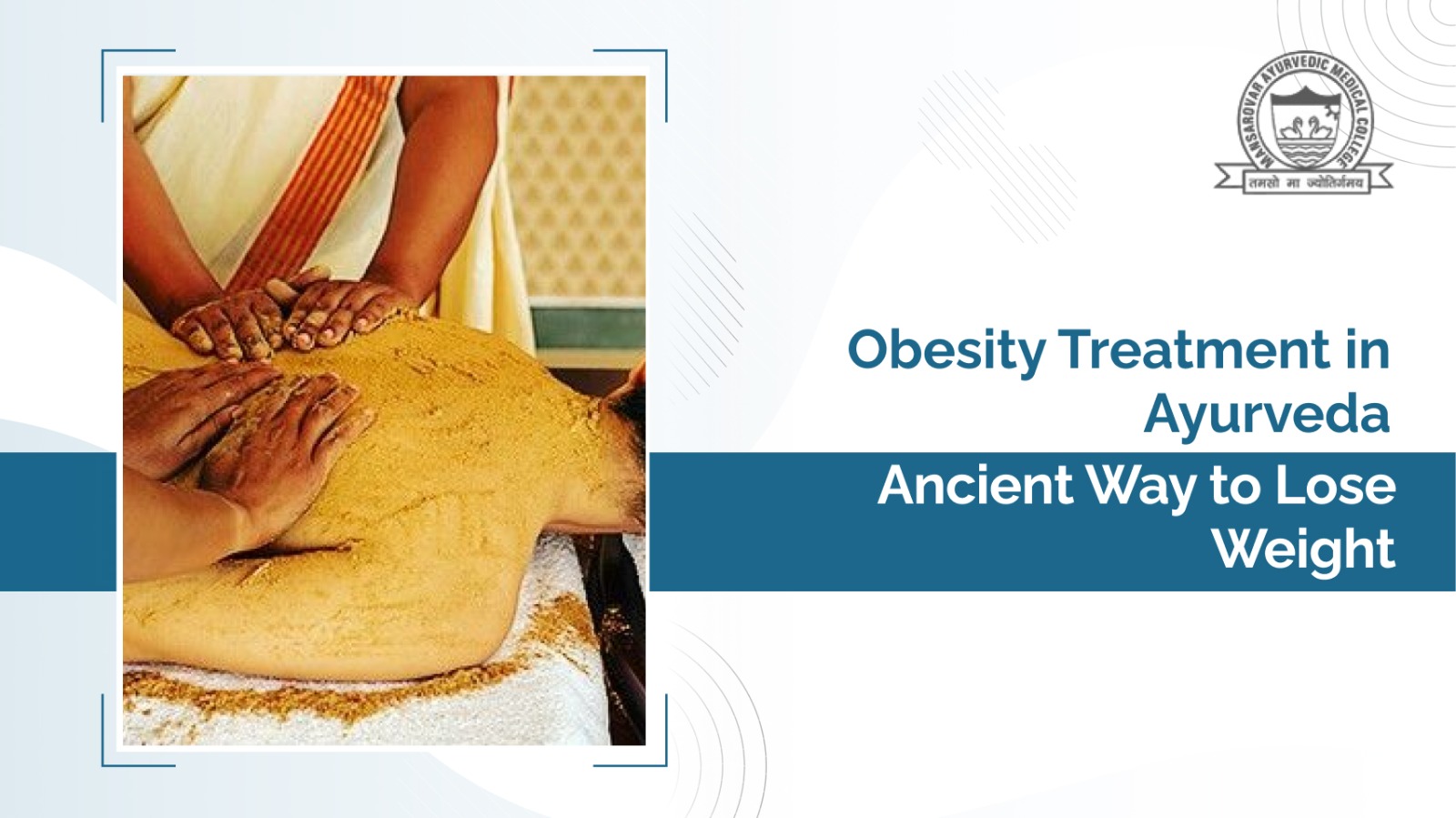
Ayurveda emerged as an eye-opener to the world, opening doors to a holistic lifestyle now practised across the globe. Among its most powerful therapies is Panchakarma—a 5000-year-old Ayurvedic treatment that works on detoxification and dosha balancing.
Sedentary lifestyles and poor dietary habits are often the root causes of physical and mental imbalance. Panchakarma addresses this by removing deep-seated toxins and restoring natural equilibrium. Mansarovar Ayurvedic Medical College and Research Centre, Bhopal, offers one of the most authentic and advanced Panchakarma therapies in India under expert guidance.
The word "Panchakarma" translates to "five actions" in Sanskrit. It refers to five therapeutic procedures designed to purify the body of toxins and eliminate disease at its root. Ayurveda identifies five elements—earth, water, fire, air, and space—that combine to form three doshas: Vata, Pitta, and Kapha. Imbalance in these doshas leads to diseases.
Panchakarma treatment in Bhopal, especially at Mansarovar Ayurvedic College, targets the root cause of the imbalance, offering deep detoxification and complete healing.
| Benefit | How It Works |
|---|---|
| Boosts Immunity | Removes toxins and rejuvenates tissues, strengthening natural immunity. |
| Detoxification | Eliminates deep-rooted toxins through five-step cleansing procedures. |
| Weight Loss | Burns excess fat and removes waste for effective weight reduction. |
| Stress Relief | Induces calmness and balances hormones for mental relaxation. |
| Improves Digestion | Enhances metabolic fire and restores gut health. |
| Balances Doshas | Harmonizes Vata, Pitta, and Kapha to prevent recurrence of ailments. |
| Rejuvenation | Renews body, mind, and soul with improved energy and clarity. |
Mansarovar Ayurvedic Medical College and Research Centre, Bhopal, is one of the top Ayurvedic institutions in India offering authentic Panchakarma therapies. Here’s what makes it stand out:
Panchakarma is a holistic detoxification therapy that rejuvenates the body and restores doshic balance. It is a cornerstone of Ayurvedic healing, especially suitable for those facing lifestyle disorders and stress. The treatment is best done under expert supervision at a reputed centre like Mansarovar Ayurvedic Medical College, which blends tradition with modern care.
Healing begins the moment you walk in—leave your stress behind and emerge revitalized, the way nature intended.
Panchakarma treats arthritis, digestive issues, obesity, hypertension, skin diseases, and more.
Depending on the duration (7–21 days), it ranges between ₹40,000 to ₹2,50,000.
Light, warm, and easy-to-digest foods like khichdi, soups, and herbal teas are recommended.
Minor fatigue or congestion may occur temporarily, but there are no long-term side effects when done properly.
Panchakarma is a core part of the 5.5-year BAMS program offered at MAMC Bhopal.
Not at all. It is a soothing, rejuvenating process. Any discomfort is minimal and managed by trained experts.

Experience Authentic Healing at a Renowned Ayurvedic Hospital in Bhopal

Experience Healing at the Best Ayurvedic Hospital in India

Experience Expert Shalya Tantra Care at Best Ayurvedic Hospital in India

Healing Naturally at the Best Ayurvedic Hospital in Bhopal

Obesity Treatment in Ayurveda: A Natural & Holistic Approach to Weight Loss

Vata Dosha in Ayurveda - Meaning, Causes, Diet Plan & Treatment

Complete Guide to Panchakarma Treatment: Ayurveda’s Deep Cleansing Therapy

Basti Panchkarma Therapy – Ayurvedic Basti Treatment Benefits

Top Nasya Treatment Benefits You Should Know

Explore the Panchakarma Treatment Benefits

BAMS Colleges in Madhya Pradesh – Choose Excellence in Ayurveda

Best Ayurvedic College in India – Why Choose MAMC Bhopal

Best Private Ayurvedic College in Bhopal: Top Colleges for Ayurvedic Studies in Bhopal, Madhya Pradesh

Best BAMS Colleges in Madhya Pradesh

Can Ayurveda Support Women's Health at Every Stage of Life?

How BAMS Courses Prepare Students for a Dynamic Career in Ayurveda

How Ayurveda Aligns Mind, Body, and Spirit for Optimal Health

Is Ayurvedic College Right for You? Exploring Your Options

Is Choosing a Private College for Obtaining a BAMS Beneficial?

10 Benefits of Having an Ayurveda Degree